Several studies have been conducted regarding dogs’ sleep rhythm and sleep-related physiological and cognitive phenomena. Cats, on the contrary, are difficult to study when it comes to sleep. Can you imagine having a kitten willingly cooperating with any kind of accurate sleep measurement? We surely can not, and that is why we still lack scientific research in this matter. Nevertheless, sleep is believed to have about the same influence among the great majority of mammals, even for those whose sleeping cycles do not resemble ours. Let’s find out more about the importance of sleep for dogs and cats!
Refreshing your memory: how do pets sleep?

Both dogs and cats spend the majority of their time sleeping, but their sleep-awake cycles are quite different. Domestication has set the path for human and dogs’ rhythm to sync, and it has actually worked with some cats too. Nevertheless, these tiny tigers are dusk-and-dawn creatures so they are usually more active during those periods of the day. (if you’ve ever wondered “why do cats go crazy at night?”, here’s your answer… and your chance to get better acquainted with the cat’s sleeping cycle!)
On average, a healthy adult cat spends about 15 hours of their day sleeping, while a dog spends about 12 hours. They take several short naps throughout the day, and contrary to human beings, they can easily fall asleep and readily wake up if needed! Age, health and the surrounding environment have a major impact on the time each individual sleeps. Kittens, puppies and seniors can spend up to 20 hours snoozing. Chill weather is also inviting for a few extra naps, as well as for a good snuggle!
The importance of sleep for dogs and cats: sleep’s super powers
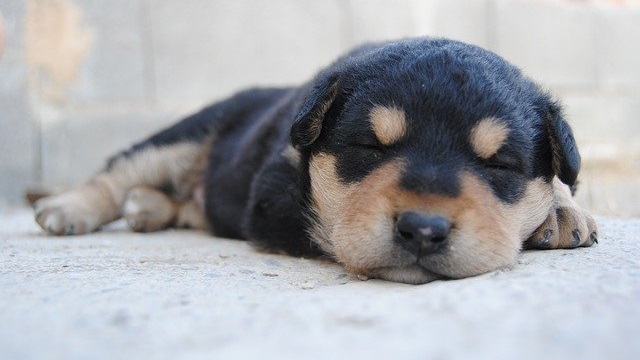
For humans, sleep is essential for overall health. Among other benefits, it allows our batteries to recharge, consolidates memories, and helps the growth and regeneration of all body systems. Experts are confident that animals need to sleep for the same purposes we do, since the benefits of sleep are likely to outweigh the risks of being vulnerable while they are in a “power saving” state.
Sleep-dependent memory consolidation has, in fact, already been studied in dogs. It can lead us to conclude that sleeping is a key factor for proper learning!
When deprived of sleep, human beings get moody, lose memory abilities and are more prone to illness… And in the long run, even death. This is also true for many animals! It has already been proved that sleep-deprived rats quickly lose weight and develop infections, until they ultimately succumb. So we can similarly determine that the importance of sleep for dogs and cats is, indeed, high!
What happens while they’re sleeping?
During sleep, dogs, cats and humans cycle through different stages, each one of them having their own physiological features. Brain activity is one of these features and it is known to be higher during the rapid-eye movement (REM) sleep stage – the active sleep.
– Identifying the REM sleep stage
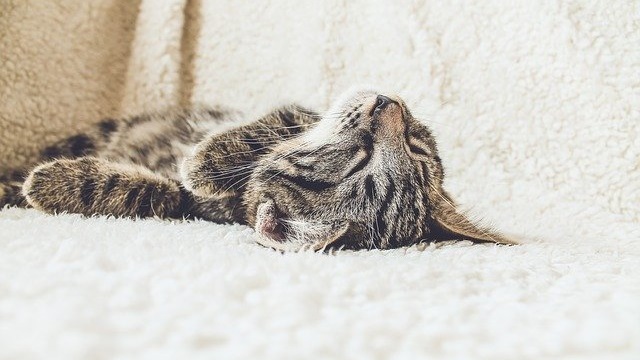
The length and frequency of REM sleep varies widely between species. Elephants, for example, sleep so little that REM sleep does not happen daily. On the other hand, domestic cats, who are the kings and queens of snoozing, can spend up to 8 hours a day in this stage.
Both dogs and cats exhibit the same signs when they are in active sleep – fluttering the eyes behind the eyelids, breathing in a more irregular way and muscle squeaking and twitching. In fact, who’s never seen a cat with ear tremors while they are profoundly asleep? And as odd as it may sound, despite this great amount of twitching, this stage is actually characterized by a loss of muscle tone.
– A trip to dreamland

It is mostly during REM sleep that dreaming takes place in humans. By comparison, it’s highly probable that our buddies also travel to dreamland every once in a while during this stage! They will not chatter with their fellow confidants about whether they had a good or a bad dream though… Still, everything indicates that nightmares do indeed occur. But how to guess when they’ve happened? It’s easy enough! If your dog or cat wakes up frightened, annoyed or anxious… It’s likely that the boogeyman has come to say “hi”.
As much distress as it may cause to watch your bestie going through night terrors, disturbing them might not be a good idea. Not because it will be harmful for them, but because they will wake up suddenly and may have a hard time realising they are no longer asleep… Which increases the likelihood of them lashing out.
It all comes down to having a good pillow
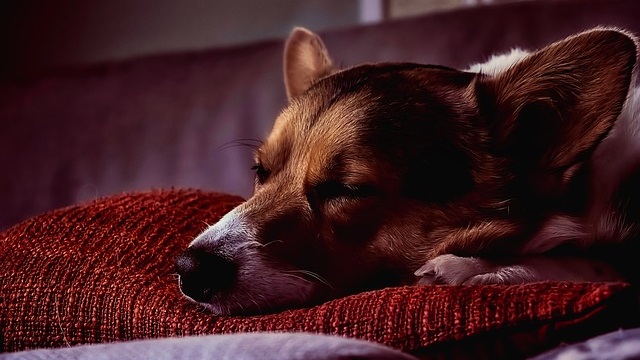
Not only should you make sure your furry friend has the opportunity to rest, you should also provide them with a cozy, safe and quiet place where they can sleep. They need a comfy bed to snooze on, just like you do. Cats can be quite picky on this matter… And will probably end up choosing that old but fluffy blanket you hate rather than the exquise bed you’ve just bought them. Don’t be bothered, though! What really matters is that you assure they have a dark, suitable spot to sleep in, away from the fuss!
For dogs, it’s recommended that they have a bed of their own, even if they occasionally (or not so occasionally) prefer to snuggle at their caregivers’ side. Having a spot dedicated to your pooch, where they can lie down and rest, not only works as a safe place, but is also the best ally for a good night of sleep.
So basically, a great bed provides support, is soft and comfortable. It is mandatory that it cushions the pet’s body, especially if we are talking about seniors… As they inevitably suffer from joint pain or discomfort due to aged-related arthritis and arthrosis.
As a matter of curiosity:
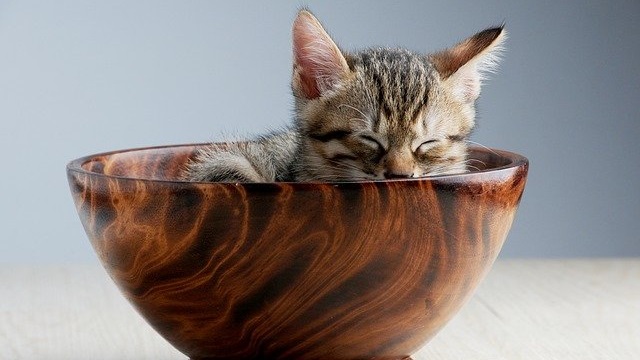
- Canine narcolepsy does happen! It is characterized by excessive daytime sleepiness and emotion-induced losses in muscular tonus during play, before feeding, and so on.
- Brachycephalic dog breeds like the French and English bulldog struggle with sleep disordered breathing. It is associated with episodes of low O2 saturation and loud snoring during sleep.
- In dogs, night sleep was associated with a higher sleep efficiency when compared to afternoon naps. In addition, the majority of motor inactivity happens during the night period (9 pm – 6 am), rather than the afternoon.
- It has been proven that a safe sleeping environment allows dogs to spend more time in behaviorally-defined sleep. So pooches resting indoors sleep better than the ones outdoors… And among these, if they sleep in a non-fenced area, their sleeping time is usually shortened.
Conclusion
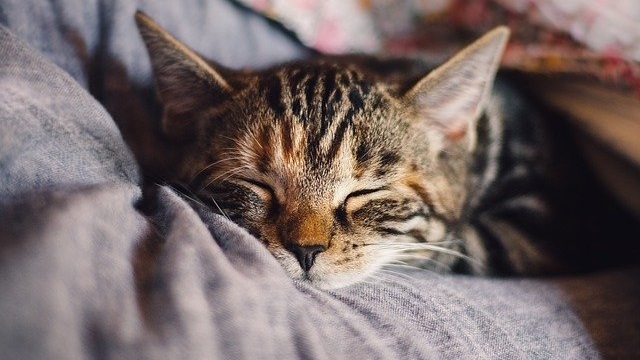
So it all comes down to this: never disregard the power of a good night of sleep and how invigorating that can be! Setting a suitable spot for your buddy to relax is a central piece of the puzzle and there are a few basics that should be taken into consideration.
Now that you’re better aware of the importance of sleep for dogs and cats, check with our Findster Care vet team or your local vet what you can do to improve your pet’s quality of sleep!
It’s hard to say no to our buddies as they beg us for a bit of food… But there are some toxic foods for pets you really should know about!






